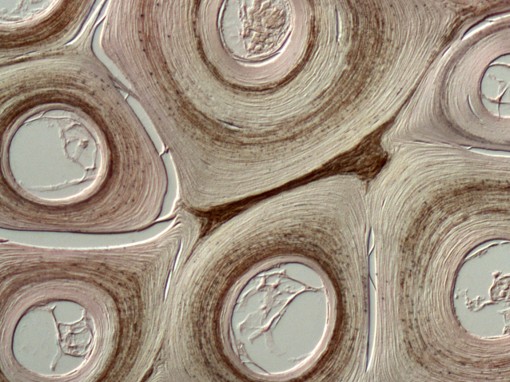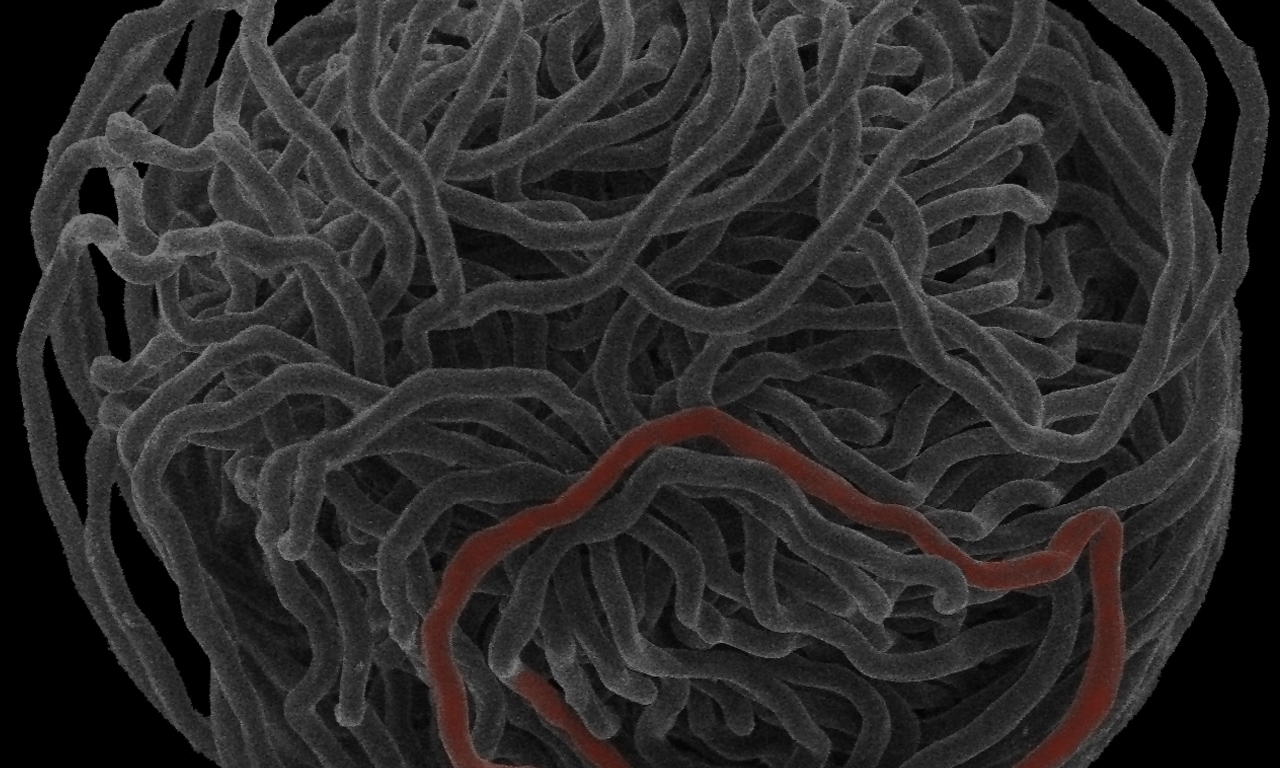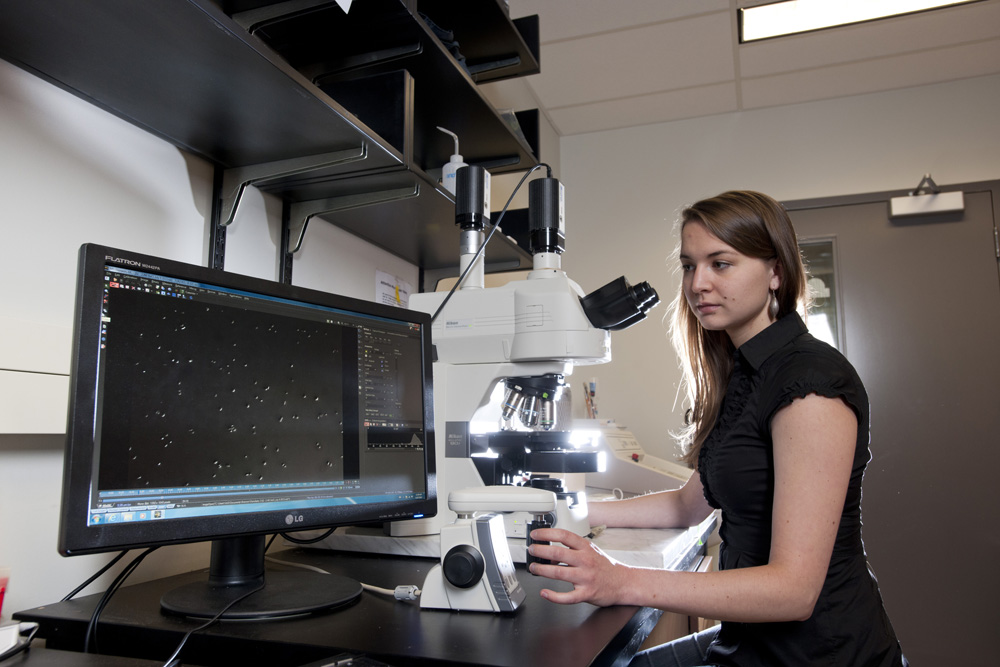Welcome to the Comparative Biomaterials Lab at Chapman University led by Dr. Douglas Fudge. We study a wide range of materials made by animals, including nano-scale filaments within cells, slimes secreted to ward off predators, and large structures like the keratinous plates of baleen whales. Recent research on the biology of hagfishes took us to the Galápagos Islands in Ecuador.
We are committed to applying what we learn from the study of biomaterials to real-life challenges, such as how we can make high performance materials for industry that are more eco-friendly in their manufacture and disposal. Animals make outstanding materials for a wide variety of functions without the benefit of petroleum and without fouling their environment, and we believe that humans could do the same if we listen to the lessons biology has to teach.
To explore current research in the Comparative Biomaterials Lab, click on the links below and check out our Publications.
Fudge Lab News
Hagfishing on the R/V Yellowfin
The Fudge Lab spent a day on the water with Coyote Peterson and the good folks from Brave Wilderness on the R/V Yellowfin on October 4. Stay tuned for a hagfish and slime themed episode on Coyote’s YouTube channel coming sometime in November. Photo by Trent...
Dr. Fudge interviewed in Cornell Alumni magazine about the Shoals Marine Lab
You can read the full article here.
Interview on The Deep-Sea Podcast.
Dr. Fudge was interviewed about hagfish biology on the The Deep-Sea Podcast by Dr. Thomas Linley.
New paper in JEB on hagfish burrowing.
The Fudge Lab recently published the first paper on hagfish burrowing biomechanics in The Journal of Experimental Biology. This was a collaboration among lots of students and postdocs and got its start during a field course at the Shoals Marine Lab.
Article on hagfish burrowing in Ars Technica
Check out Jennifer Ouelette’s piece on our hagfish burrowing paper in JEB.
Research Projects in the Fudge Lab









